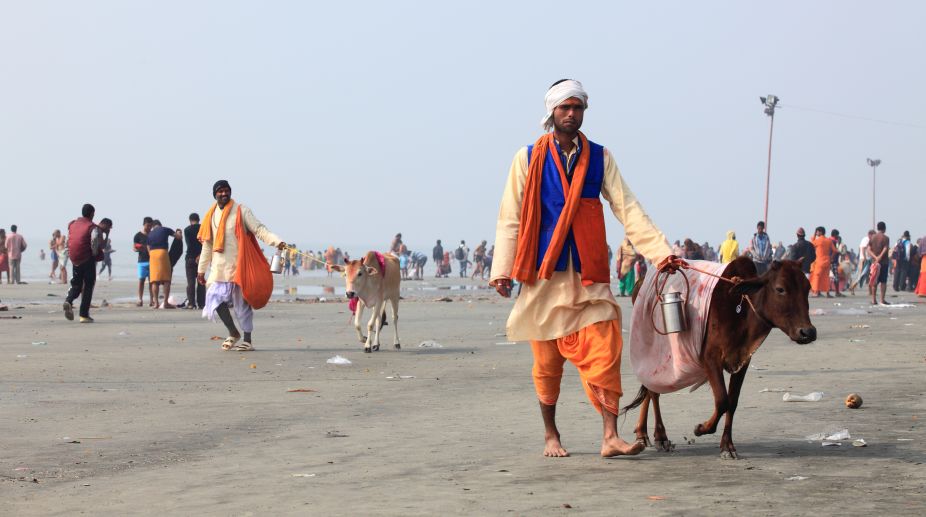KMC focus on slum area development for next fiscal
With emphasis on women-centric projects, the city’s slum areas are slated for an infrastructural development in the next fiscal.

(Photo: GETTY)
With barely a fortnight to go for the Ganga Sagar mela ~ when Kolkata’s Maidan becomes particularly vulnerable to pollution with open-air choolahs and belching trucks ~ the Centre for Science and Environment has advanced a very timely caveat.
The note of caution is still more important when contextualised with the mess over the Christmas weekend, so extensive that it necessitated a huge effort on the part of the KMC to clean up the Maidan.
Advertisement
The findings articulated at a seminar do reaffirm that pollution levels in Kolkata could well be higher because the data that is circulated is based on manually operated stations that are less accurate than the automatic variety. It is, in other words, deceptive.
Advertisement
“Whereas Delhi has 30 automatic monitoring stations recording air pollution round-the-clock, Kolkata makes do with two,” was the high-minded lament of the head of the Centre for Science and Environment. Therefore, the effort to control the city’s tainted air is based on “less accurate figures”.
In a message that is implicitly addressed to the West Bengal Pollution Control Board, the centre has posed a sharp query ~ “Are they trying to hide pollution when it is at its peak?” A convincing answer to the question may not be available quite yet because the PCB has seldom assessed the level of pollution ~ noise or the air ~ either during Diwali or during immersion in the river or for that matter the Ganga Sagar pilgrimage by the faithful from across the country.
It is the gravity of the threat to Kolkata that has not been scientifically calibrated. It is an index to the callous indifference of the pollution control authorities that Kolkata is the only one among 50 cities that has not reported the data to the National Air Quality Index (AQI) since November.
It thus comes about that Howah, one of the most polluted areas in the periphery of Kolkata, has not reported its AQI figures for 80 percent of the days. The PCB has been impervious to the fact that the white marble of Victoria Memorial suffers in silence as its quality has been denuded over the years.
For all the personal chemistry between Mr Pranab Mukherjee, then the Defence minister, and Mr Buddhadeb Bhattacharjee, then Chief Minister, the immensely popular book fair was shifted from the military’s Maidan to a venue off the EM Bypass ~ decidedly less accessible.
The city’s PM10 (fine particulate) count is more than 1.5 times the national average. Shorn of the technical jargon, it is a pity that the gravity of the threat to Kolkata has not been scientifically calibrated.
Small wonder why action against pollution has been half-hearted at best and wholly ineffective at worst. In the long term, this can be nearly as dangerous as Donald Trump ignoring the environmental threat altogether.
Advertisement